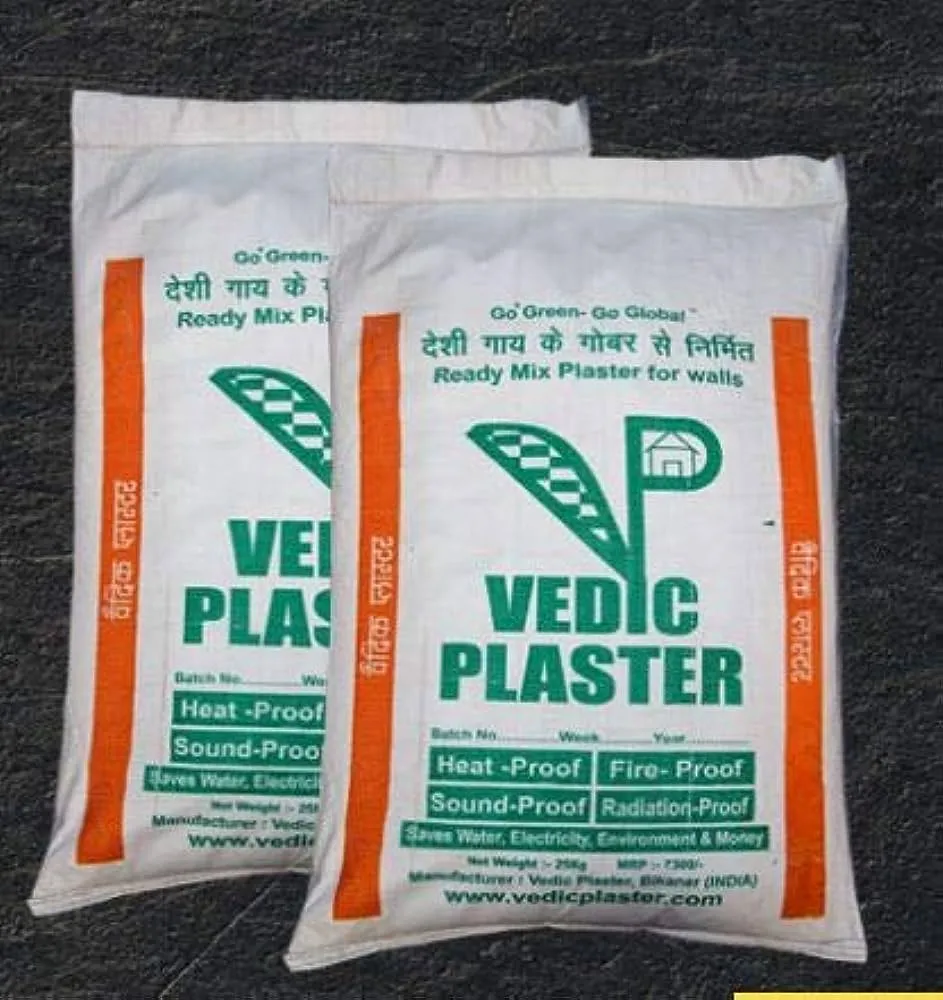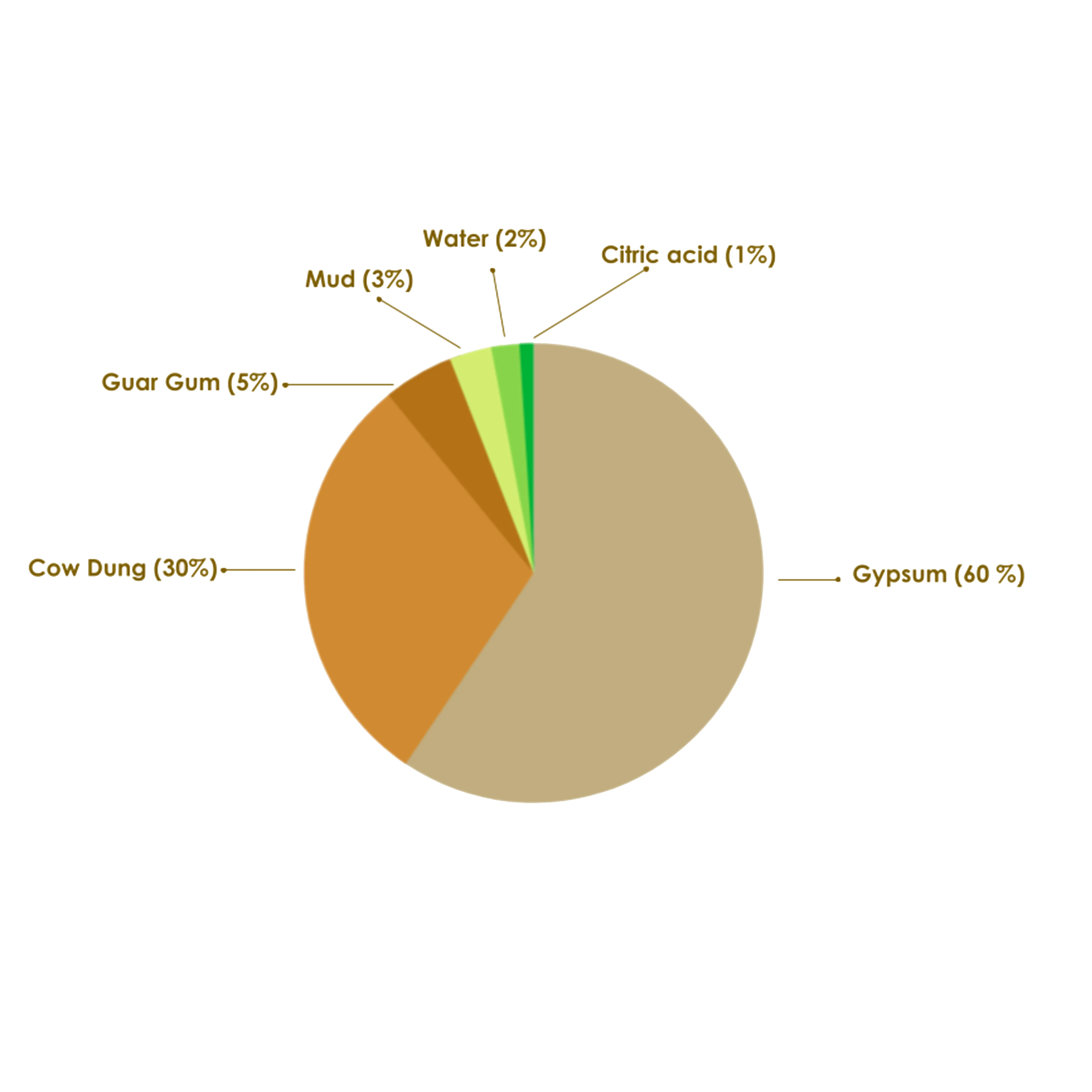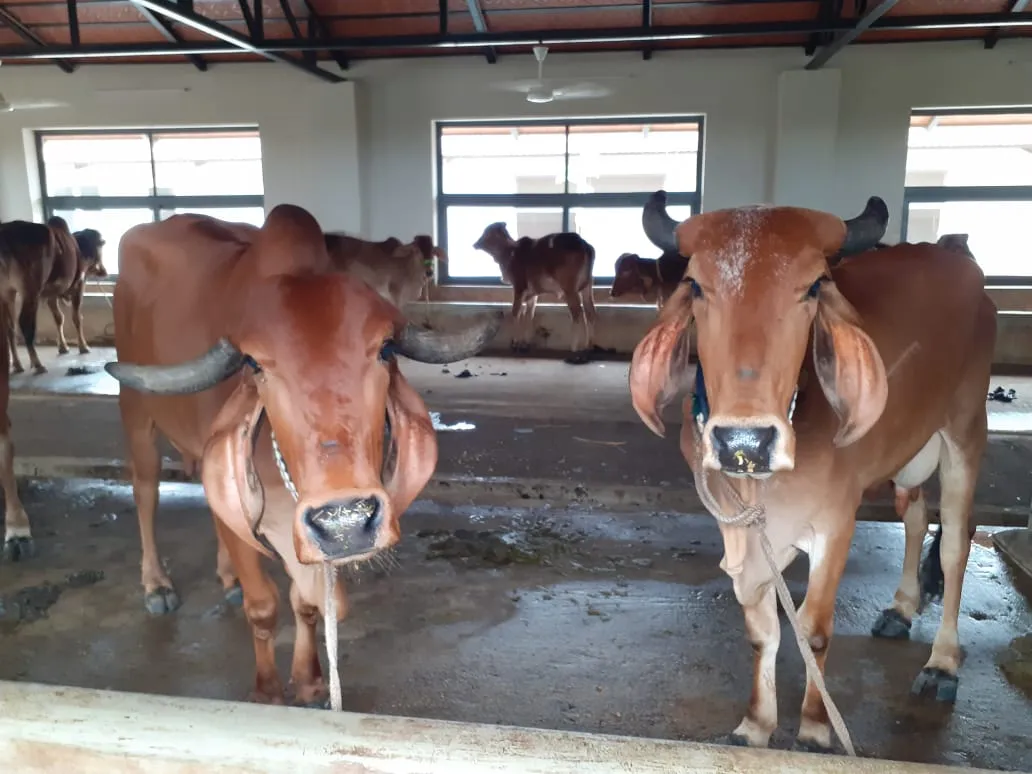 Contact us
Contact usIntent
Community
Studio Organo Concepts
About Us
Subsidaries
Studio Organo
TS RERA No.P02400003403.
TS RERA No.P02400003403.

AUTHOR: RITU CHOUDHARY, ARCHITECT- PRODUCT DESIGN
At Organo, our aim is to continually push the boundaries and venture into new frontiers when it comes to materiality. While our master planning already achieves net-zero and sustainable standards, we have been incorporating alternative building materials at the individual building level. This push is expected to contribute significantly to reducing the overall carbon footprint, and one promising material we've encountered in this pursuit is "Vedic Plaster," a natural plaster option.
For Organo Kandawada homes, we decided to upgrade the interior walls with this plaster, instead of the regular cement plaster. Let's understand what this product is, discover the rationale behind this earth-friendly decision, and share our explorations and findings with you.
What is Vedic plaster?
Vedic Plaster is a natural plaster manufactured by a company of the same name. What sets it apart from regular cement plaster is the use of cow dung sourced from indigenous Indian cattle breeds as a replacement for cement.

What is the composition of this plaster ? Where are the ingredients sourced from?
The entire mixture comprises approximately 30% cow dung, which is sourced directly from cow shelters (goshalas). The resulting plaster exhibits exceptional surface finish properties, enhanced by the inclusion of lemon extract, Guar gum, gypsum sand, and other natural ingredients.
Plaster mix = Cow Dung 30% +Gypsum 60 %+ Guar Gum (5%) +Mud (3%)+Water (2%) +Citric acid (1%)

Cow dung, being both cost-effective and an outstanding thermal insulator, plays a pivotal role in this formulation. The enzymes present in cow dung serve as excellent binders, while it also offers protection against damage from salts and humidity. It is worth noting that this valuable information about the benefits of cow dung in plaster is often overlooked by civil engineers, architects, and interior designers, as it is not commonly taught in their training and education.

Additionally, the production process of Vedic plaster minimizes electricity usage, mainly for grinding purposes, in stark contrast to cement plaster production. Importantly, all production components are derived from natural resources, and no chemicals are added, thereby creating an eco-friendly product.
What are its benefits?
Vedic plaster presents an equally good alternative that could potentially bring about a transformation in both the plaster and paint sectors. It serves multiple purposes: acting as a thermal insulator with the ability to create a significant temperature variance. Typical studies shared by the manufacturers show a temperature variance of 10-15 degrees.
Furthermore, the thermal insulating properties of cow dung plaster contribute to a cooling effect during the summer and provide warmth in the winter, thus reducing the need for air conditioning.
Vedic Plaster also functions as a natural air purifier, has radiation resistance, and even appears to be a mosquito repellent—all while prioritizing safety for your health and the durability and strength of your walls.
Vedic Plaster presents an environmentally conscious alternative to traditional plastering methods. Its production process is eco-friendly, primarily relying on grinding with minimal energy usage. The choice of natural materials in its production ensures an environmentally responsible product, devoid of harmful chemicals.
This innovation leads to reduced water consumption during application. Post application, since it brings down AC loads, there is less energy consumption within the home. Hence, there is lesser climate footprint of the home itself.
Vedic Plaster provides not just plastering advantages but also decreases the need for additional paint coats. As a substitute for paints, it can also incorporate natural components and extracts from fruits and vegetables to infuse color. Unlike traditional cement plaster, which typically consists of four stages (plastering, wall protection putty, wall smoother or primer, and final painting), Vedic Plaster typically necessitates just a single wall coat. However, our on-site experience regarding this aspect proved to be different, and we'll share our learning further in this article.
The other components found in the plaster, including gypsum, guar gum, and lemons, are witnessing increased demand, mainly due to their use in industrial applications. It's worth noting that this surge in demand has had a significant and positive effect on farmers, particularly in the case of guar gum, which is derived from cluster beans. Guar gum has never experienced such high demand before, and this increased demand has greatly benefited farmers by improving their livelihoods and income.
Trails, Learnings and Pragmatic approach to Vedic Plaster
Vedic plaster is a pre-prepared plaster mixture that streamlines the application process. To utilize it, the worker only needs to blend it with soft water to create a paste, which can then be directly applied to a bare wall. Initially, the plan was to simply apply this plaster to the walls and then paint over it, as we were advised that traditional cement plaster or wall putty is typically not required when using this product.
However, while actually implementing it in the Kandawada homes, we were not satisfied with the finish, as despite our best efforts, there were still significant undulations on the walls. Consequently, our site team, in collaboration with the Vedic plaster team, decided to apply a thin layer (2 mm) of putty over the plaster to achieve the desired smooth finish without any irregularities. After which, a coat of primer, followed by a coat of smooth finish paint, gave the wall a clean, smoother, and stronger surface.
Additionally, considering the customer's preference for interior aesthetics, this smooth finish paint offers versatility and can complement various interior design styles while ensuring enhanced building performance.


Take-Away
Despite these minor changes, the overall benefits of Vedic plaster remain substantial, making it a promising and sustainable choice for interior wall plastering in the Organo Kandawada homes. As we continue to explore and refine its application, Vedic plaster represents a significant step towards eco-conscious, healthy, and cost-effective interior design and construction practices.
There is a wide range of eco-friendly products available in the market, including bricks, flooring, paints, fiberboards, tiles, etc. The potential is extensive, and we are actively researching these options with the intention of integrating them into our upcoming projects. Keep an eye out in this section for new content as we journey into the world of alternate construction materials.
Sources :
We are a cross-functional and research-focused team of architects, engineers, and technical experts, who ideate, refine and detail eco habitat products, components, and solutions. Our core intent is to co-create and manifest apt rurban lifestyles across all eco-habitat components to celebrate the living for respective user groups. From earth-friendly neighborhoods to home interiors, we’ve got it all covered.
Instagram: https://www.instagram.com/studioorgano/
Website: https://www.organo.co.in/studio-organo
If you’d like to know about our design explorations or if you would like to be part of our user research as we refine the design, please email us at studio@organo.co.in